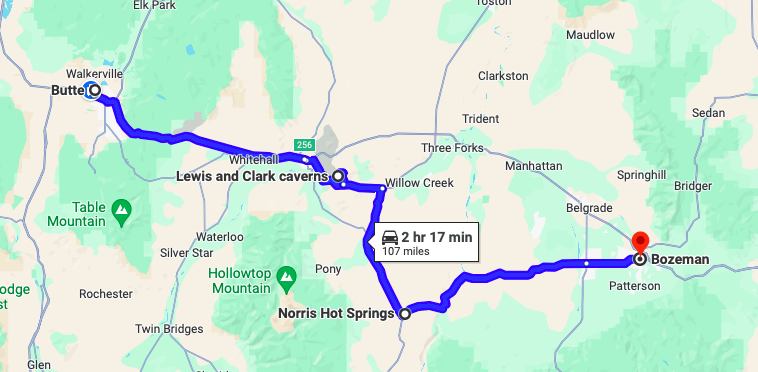This morning was rough. After a series of most unfortunate events, my shiny new iPhone ended up taking a swim. The friendly IT guy at work gave me a baggy full of silica gel packets and told me to put my phone in there and leave it for 24 hours. So today I’m kickin’ it phoneless–and let me tell you, friend–I feel more than a little out of touch. It reminded me of the ol’ days of travel, before we could bring our technology along with us. Those days are behind us now, but most times when I travel internationally, I do not have cellular data. Here are five ways to survive with no cellular data for when you can’t use your phone, whether you are in a foreign country or you just accidentally submerged your phone in water.
Strategy #1: iMessage
B and I (and most other people we know, really) are Apple fans. Apple has a handy-dandy messaging service that allows you to message (essentially text) other Apple users when you are connected to WiFi with an Apple device. This means that if you carry around an iPad or an iTouch and connect to WiFi, you will be able to send texts back and forth. For instance, when I got home today and picked up my iPad, I saw a bunch of messages people had sent me. And since my phone is currently turned off, they showed up on my iPad.

Strategy #2: Facetime
This is another slick app that Apple users can use to communicate with each other. Facetime is a lot like Skype; you connect over the internet and videoconference with other Apple users. In Morocco, B was able to Facetime her nieces and nephews back in Idaho over the WiFi connection at our hotel. It seems a little crazy that this can all be done for free, but it is crazy in a good way. As long as you have WiFi, you can Facetime people. As WiFi becomes more prevalent, this will be a fun way to virtually take people with you as you are exploring the world. These first two strategies really highlight how you can use WiFi to survive with no cellular data.
Strategy #3: Internet Cafes
Way, way back (you know, in the 2000s) we didn’t have smartphones. We would get dropped off at the airport and in order to let our families know we made it to our destination, we would track down an internet cafe, pay a few dollars and send people emails–probably using a dial up connection some of the time. Luckily, technology has progressed since those days, but internet cafes still exist and can still be very handy in a pinch.
Last year when we got to Krakow, Poland, we had trouble meeting up with our host for AirBnB. None of us wanted to use our cellular data, so one option was to go find an internet cafe so we could send a message. Luckily, C found a WiFi network on the way to the cafe so we were able to connect. But the humble internet cafe would have got the job done also.
Strategy #4: Guidebooks
As mentioned in other posts, I’m a big fan of guidebooks. One reason why is because they list the names of attractions you are trying to locate. When trying to communicate with a local in a language you don’t know, it is MUCH easier to show them something written down to get directions rather than trying to explain what you are looking for.
Strategy #5: Maps
This goes along with the same rationale as guidebooks; if you have a map, locals will have a much easier time showing you where you need to go. They make pocket maps of major cities and some apps on your phone will allow you to use GPS and not cellular data to track where you are. I have had a good experience with the app called ‘CityMaps2Go.’ It takes up some space on your memory, but I loaded a few cities before we went to Europe last and thought it was a good way to get around.
Google Maps has improving its offline functionality; in Australia we used this quite a bit. While we had WiFi (usually at McDonalds) we would pull up Google Maps and enter where we wanted to go and hit Start. When we left the WiFi connection the G.P.S would keep telling us where we are and what we needed to do to get to our destination. The trick was you couldn’t veer off course or do any rerouting.
Conclusion
In a time where ‘nomophobia’ has its own page on Wikipedia, it can be difficult to feel disconnected from the world. Hopefully if you are, it is by your own choice and not because of a technology (or in my case, personal) fail. Cross your fingers my phone will turn back on tomorrow!






Leave a Reply